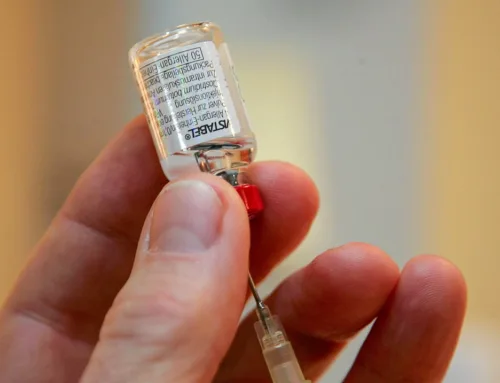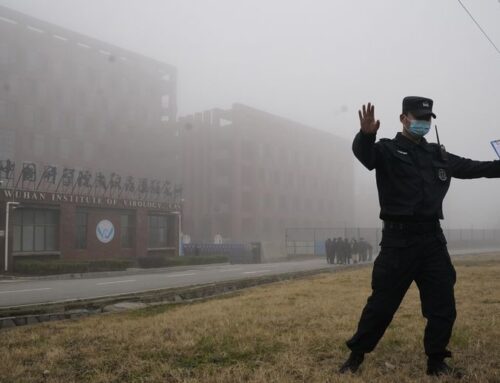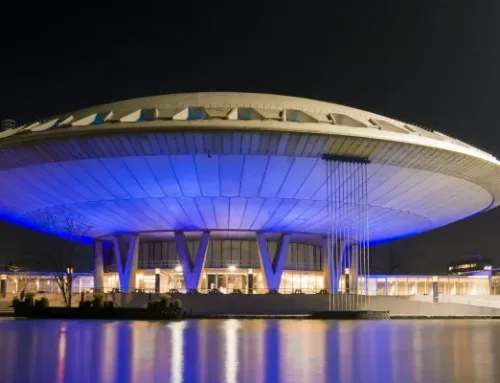Japan is running out of space to store waste water from Fukushima.
1,300,000 cubic meters equals 34,342,366 U.S. gallons. A LOT of radioactive water. This is only the volume of radioactive water used to continue to cool the damaged nuclear reactors. Not the total volume of radioactive water released into the world’s oceans and seas since early 2011.
Fukushima has already poured tens of millions of gallons of highly radioactive water directly into the Pacific Ocean for years before stopping the direct leaking of the radioactive water from the damaged nuclear plants.
Yes, building a large nuclear facility right on the edge of the Pacific Ocean on the Ring of Fire where the highest number of earthquakes of the greatest magnitude was a brilliant idea.
Sushi anyone? Some Pacific Ocean seafood?
The release of radioactive water has already made its way around and through the Pacific Ocean and is traveling throughout the ocean and sea water of the world.
Scientists wonder why the oceans are warming so quickly. And blame it on climate change? How about the effect pouring hundreds of millions of gallons of highly radioactive water into the world’s oceans and seas might have on warming the world’s oceans?
And, of course, the U.N. and government agencies are going to declare negligible or no harm to result from the release of the over 34,000,000 gallons of stored radioactive water that has been used to keep pouring onto the damaged reactors to keep them cool enough from experiencing a China Syndrome event, where they burn their way down into the earth’s surface and could create a global nuclear disaster making the bombs dropped on Hiroshima and Nakasaki pale in comparison. If that can be comprehended.
Have you ever recalled when there has been an event where radiation was released or highly toxic chemicals were released that the government agencies involved told the public the truth about the extent of the damage done?
Avoiding panic and civil unrest is one thing, but treating the people of the world like we are all sock puppets and at most have the intelligence of a grapefruit is highly insulting.
Next we’re going to be told how radiation is actually healthy and good for us…
This has been a DAILY occurrence since 2011, without a moments letup, though forgotten and not mentioned by any press or news outlets until this recent radioactive water release information.
While the press and what passes for news outlets that offer up a nonstop barrage of nonsense, distraction, and blather that doesn’t relate to most people every second of every day since early in 2011 the radioactive water has been flowing. And there is no end in sight. This is going to continue until the world ends. Yeah, radiation is like that…
“And the third part of the creatures which were in the sea, and had life, died; and the third part of the ships were destroyed.”
Revelation 8:9
Wonder how and why all the signs of the last times come about? It’s been ongoing. Ever increasing. And this is but one of those signs. There are consequences. Deadly ones. Lasting ones. And, yes, even spiritual ones. Nothing is separate from the spiritual war being waged and raging.
Ken Pullen, A CROOKED PATH, Sunday, July 9th, 2023
Fukushima nuclear disaster: U.N. watchdog approves plan for water release
July 5, 2023
By Joel Guinto & Shaimaa Khalil
Reprinted from BBC News
A U.N. watchdog has said that Japan’s plan to release waste water from the tsunami-wrecked Fukushima nuclear plant into the sea complies with international standards.
The International Atomic Energy Agency says the release will have a “negligible” impact on the environment.
The Fukushima facility is running out of storage space for the water, which was used to cool nuclear reactors.
Japan’s plan has been opposed by China and South Korea.
Tokyo has not announced a schedule for the release and the plan still needs approval from a regulator.
In 2011, a tsunami triggered by a magnitude 9.0 earthquake flooded three reactors of the Fukushima Daiichi Nuclear Power Plant. It is regarded as the world’s worst nuclear disaster since Chernobyl.
More than 150,000 people were evacuated from an exclusion zone around the plant, which remains in place. Decommissioning of the plant has also started, but the process could take decades.
IAEA chief Rafael Grossi released the findings of a two-year safety review on Tuesday, describing it as impartial and scientific. He also vowed to continue engaging with Japan after the water is discharged.
In May, the agency said Fukushima operator Tokyo Electric Power (Tepco) had shown its ability to make “accurate and precise measurements” of the amount of radiation present in the treated water. A final approval from Tepco could come as early as this week.
The plant produces 100 cubic metres of waste water daily. Tanks on site can hold 1.3 million cubic metres.
Most radioactive elements have been filtered from the water, except for radioactive forms of hydrogen and carbon – called tritium and carbon 14, respectively. The two isotopes are difficult to separate from water.
Tokyo has said the water that will be released into the Pacific Ocean, which has been mixed with seawater, have tritium and carbon 14 levels that meet safety standards.
Nuclear power plants around the world regularly release waste water with tritium levels above that of the treated water from Fukushima.
But the IAEA’s finding will do very little to ease the concerns of the Japanese public and neighbouring countries.
China had already strongly criticised Japan’s plan and warned the IAEA against endorsing it.
South Koreans, on the other hand, have stocked up on sea salt ahead of the water’s release, amid food safety fears.
Local fishing communities have also fiercely objected, saying it will cause further damage to their reputation.







Leave a Reply, please --- thank you.